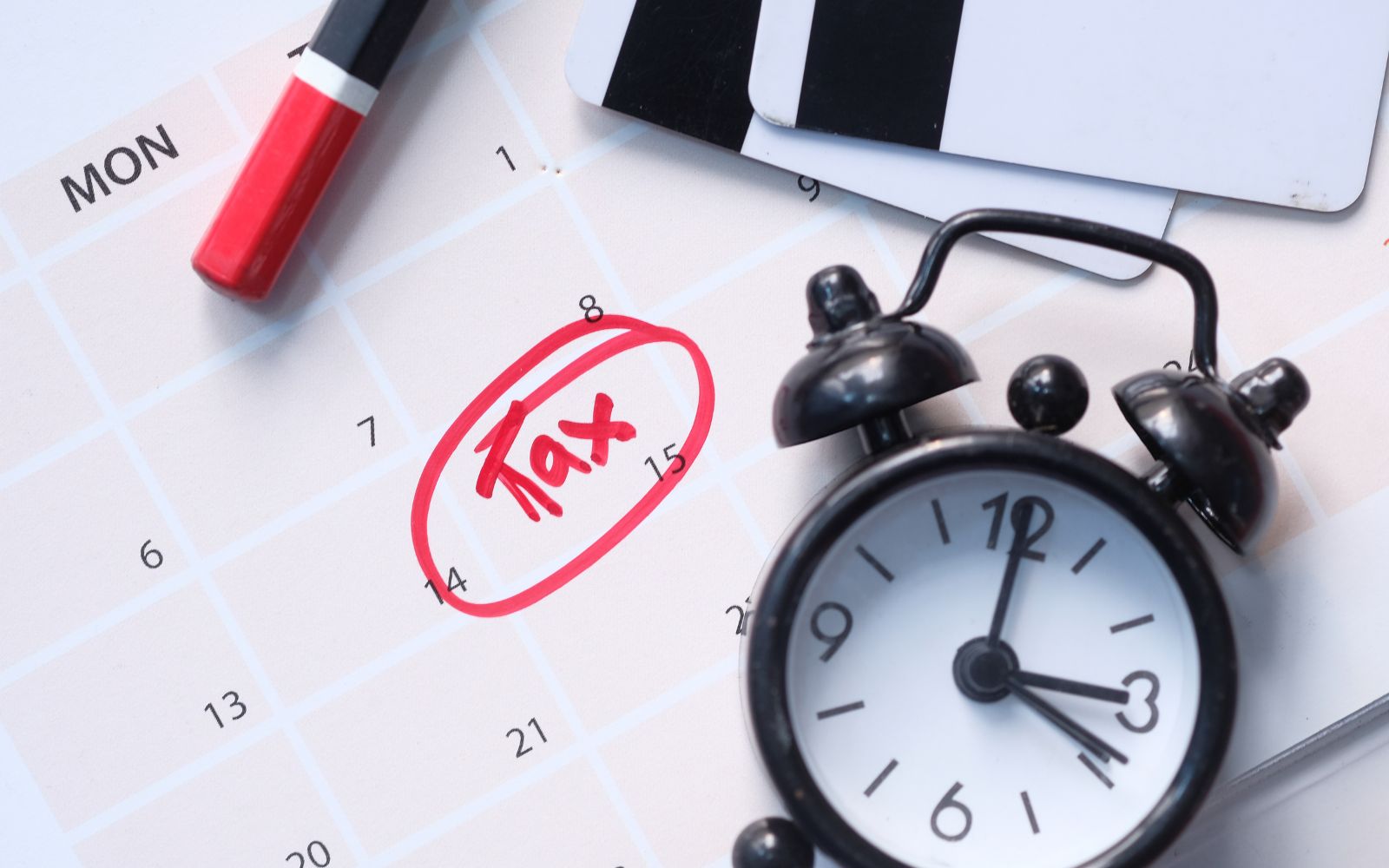Dividends – Have you declared them correctly?

Dividends are a popular and tax-efficient way to extract profits from a personal or family company once a small salary has been paid. However, the rules surrounding them are strict and failure to comply may mean that HMRC will tax payment as employment income. This will mean a higher tax bill, plus National Insurance.
Paid from retained profits
Dividends are a distribution of profits and can only be paid if a company has sufficient retained profits from which to pay the planned dividend. Before paying it, the director(s) must consider the company’s financial position, particularly if it has changed since the last set of accounts was prepared.
Any dividend paid more than the retained profits is an illegal dividend.
Paid in proportion to shareholdings
Where more than one person holds shares of a particular class, dividends must be paid in proportion to shareholdings. In a family company, this restriction may be overcome by using an alphabet share structure to provide the flexibility to tailor these payments to the shareholder’s personal circumstances.
Types of dividends
There are two types of dividends – interim and final. Interims are paid throughout the year, for example, to a director to meet their living expenses. A final is paid annually after the end of the accounting period.
Declaration
Dividends must be properly declared in accordance with company law requirements. While the directors can simply decide to pay an interim one, a final dividend must be declared in accordance with the procedure set out in the Articles of Association. Where the Model Articles have been adopted, a final payment should be declared by ordinary resolution. The directors must recommend the amount and this must be agreed by the shareholders in a general meeting. This normally happens at the AGM.
The company should prepare Board minutes. These should contain:
- The name of the company.
- The date of approval.
- The name of the director(s).
- The company’s address.
The minutes should set out the amount (per share), the type of shares in respect of which it is being paid, the date it is being paid and the date on which shareholders need to be registered at Companies House in order to be eligible to receive the dividend.
Voucher
Whenever a dividend is paid, the shareholder should be given a voucher. The voucher should contain:
- The name and address of the shareholder .
- The company’s name, registered office and registration number.
- The date of issue.
- The amount paid.
- The signature of the company director(s) or a company officer.
The shareholder should retain the vouchers as these will be needed when completing their personal tax return.
The information available on this page is of a general nature and is not intended to provide specific advice to any individuals or entities. We work hard to ensure this information is accurate at the time of publishing, although there is no guarantee that such information is accurate at the time you read this. We recommend individuals and companies seek professional advice on their circumstances and matters.




